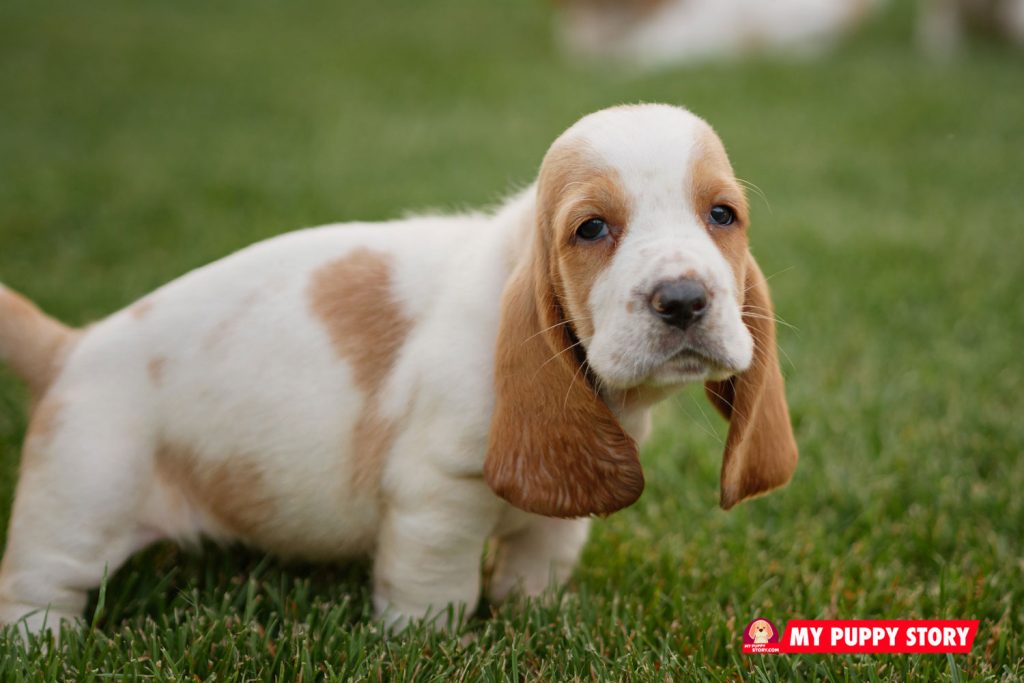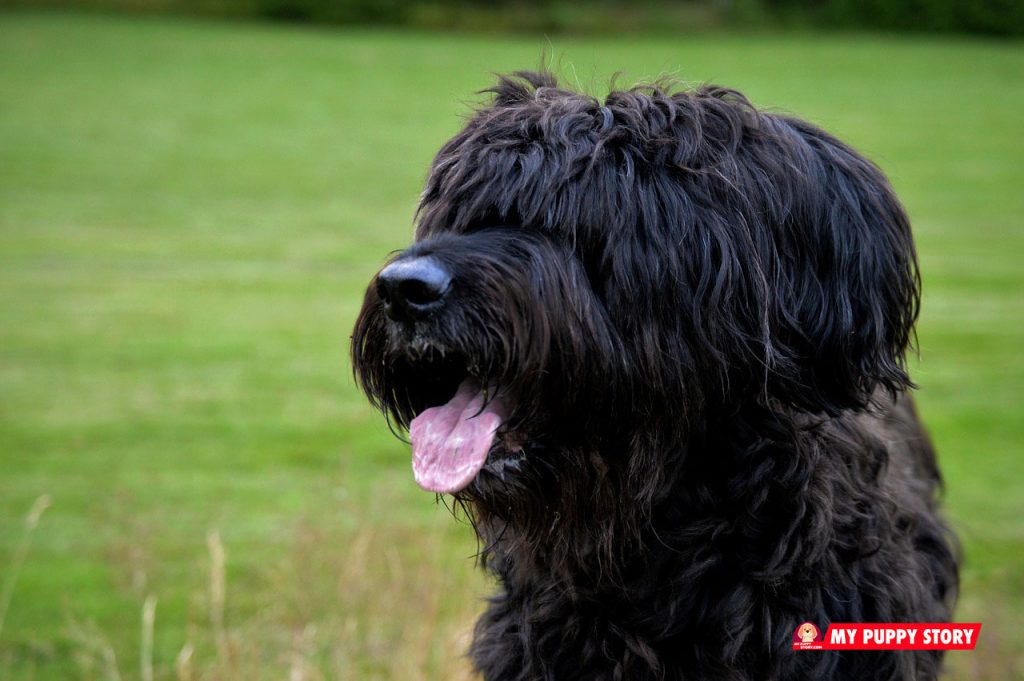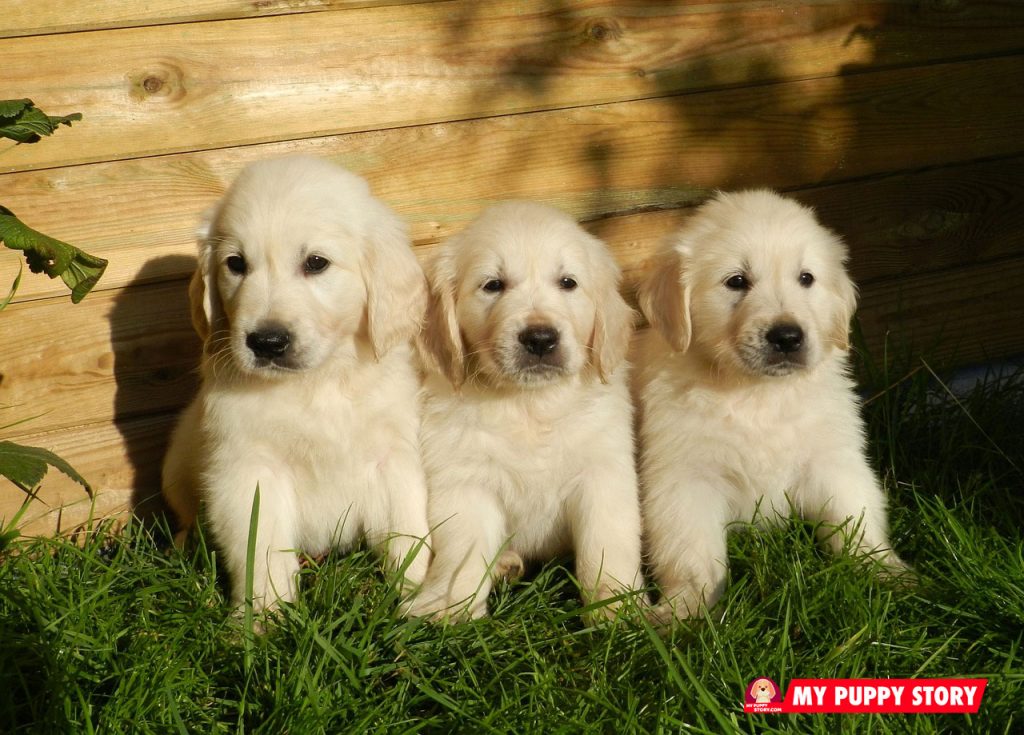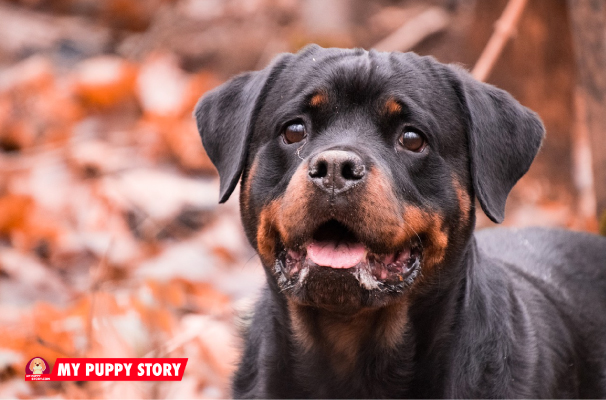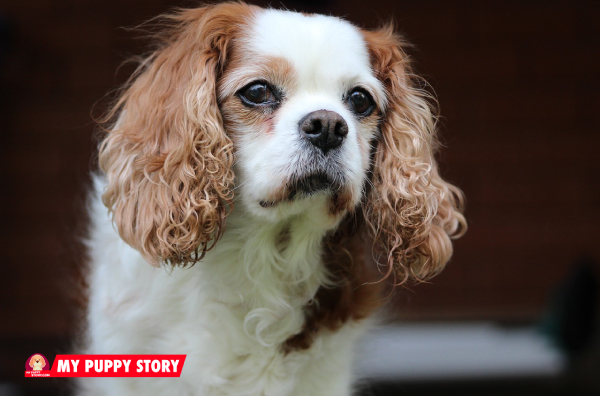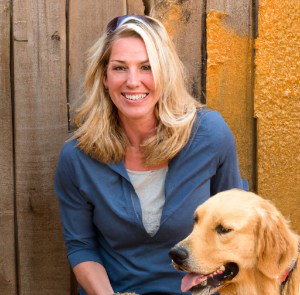August 27, 2019
Although poodles are often stereotyped as persnickety, pampered pets, they are in fact, very affectionate, sweet dogs, who love to please their owners. Considered the second most intelligent dog breed, they are responsive and easy to train. Affectionate, energetic and entertaining, these dogs are the ninth most popular breed in the United States, according to […]
